Sindh is bounded on the west by the province of Balochistan, on the north b the province of Punjab, on the east and southeast by India, and on the south and southwest by the Arabian Sea. Its chief cities are: Karachi, the capital, and the largest city of Pakistan, Hyderabad, Sukkur, Mirpurkhas, Larkana, and Nawabshah. Sindh province has an area of 58,471 square miles (151,440 sq. km) and its population in 1992 was estimated to be 29.991
The Land and Economy:
As in the rest of Pakistan, the economy is predominantly agricultural and depends almost entirely on irrigation. The principal source of water is the Indus River, on the which there are three irrigation dams ('Barrages') in Sindh: the Guddu, on the Punjab border; the Lloyed (Sukkur), and the Kotri, farthest south. The Sukkur Barrage controls a canal system whose total length including subsidiary water courses, extends 50,000 miles (80,000 km), or twice the length of the earth's circumference. Sindh's principal crops are wheat, rice, cotton, oilseeds, sugarcane, vegetables and fruits. Sheep, cattle, camels, and poultry are raised, and there is fishing industry. Manufacturing industries are concentrated in Karachi, Hyderabad, nooriabad and Kotri. They produce textiles, cement, cardboard, chemicals, electric power and supplies, rail-road equipment, machinery and other metal products Karachi, Pakistan's chief port, has an oil refinery and also is the center of printing and publishing.
The artistic and cultural heritage of Sindh is reflected in its superb, examples lacquer ware, mirror embroidery, textile and exquisitely painted tile work.

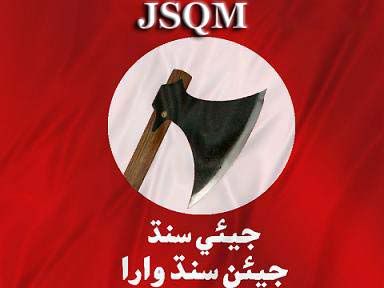
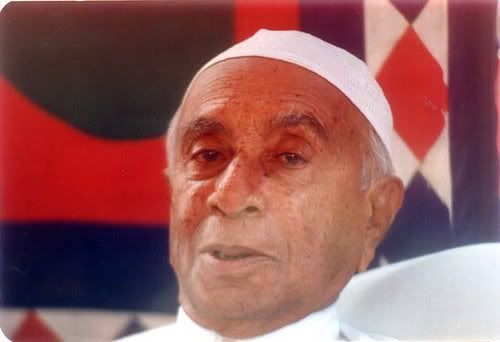

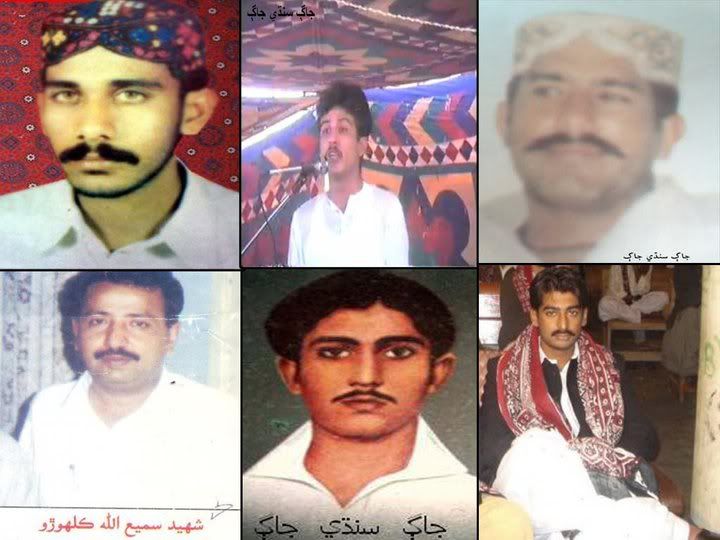
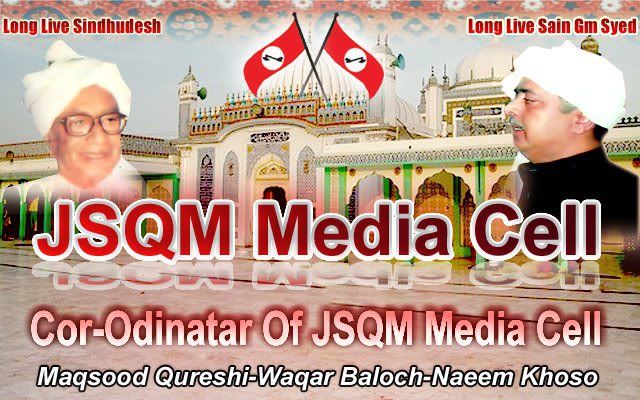



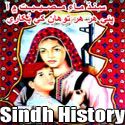





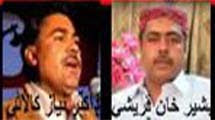
Currently have 0 comments: